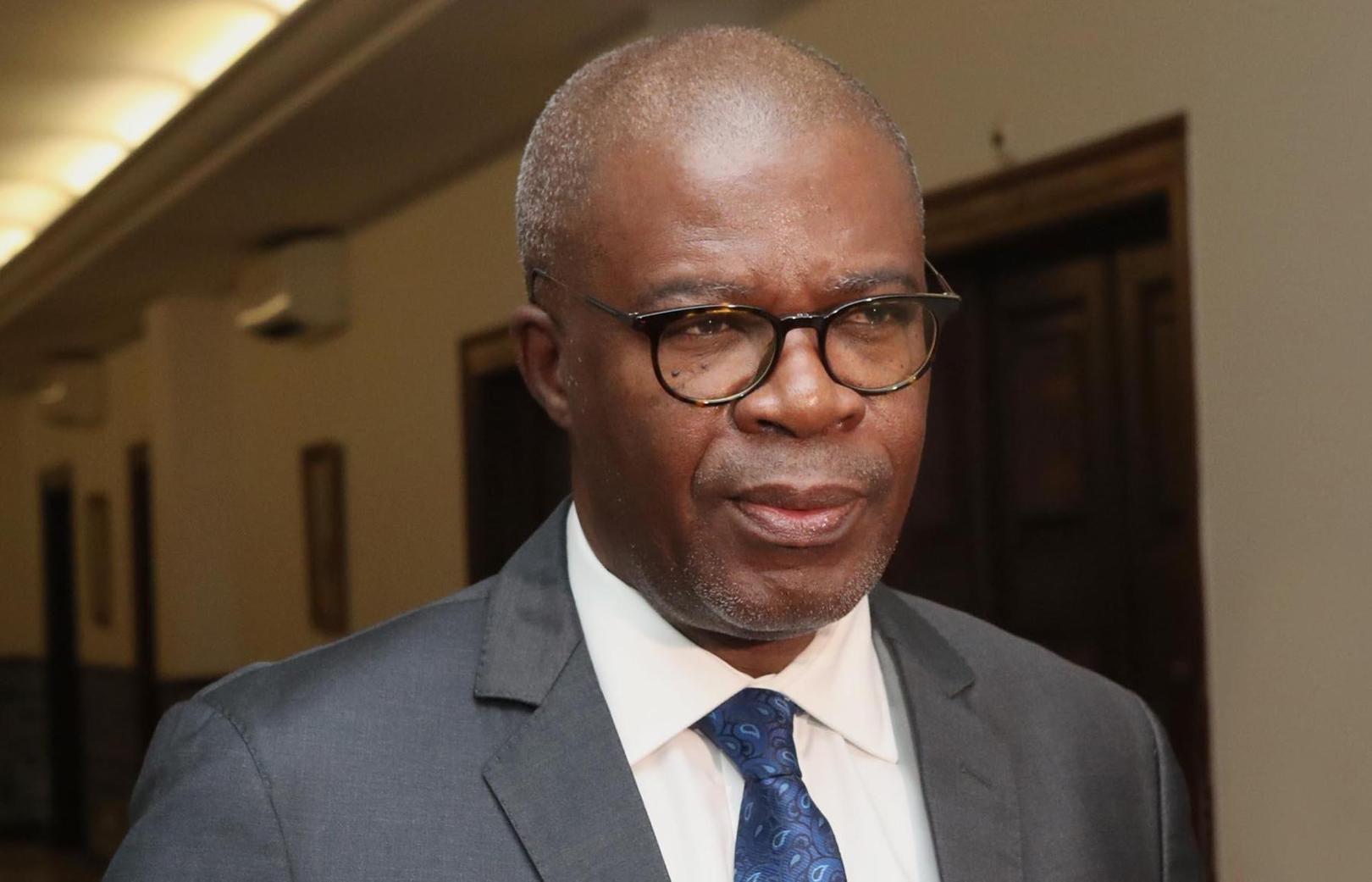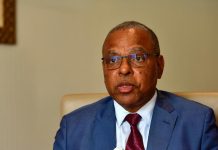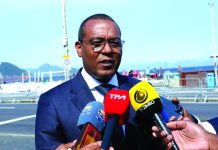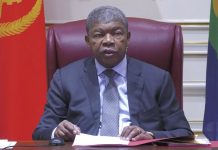Africa-Press – Angola. The governor of the National Bank of Angola (BNA), Manuel Tiago Dias, said this Tuesday that it is necessary to adopt measures to control and stabilize prices in the economies of the Southern African region.
The manager was speaking at the presentation ceremony of the IMF Report, dated April 2024, on “Regional Economic Perspectives for Sub-Saharan Africa: A Timid and Expensive Recovery”.
He mentioned that around a third of the countries in the region have recorded double-digit inflation rates, which is why he considered it important to stabilize prices to face this situation.
“It is notable to mention the situation in Angola, which has recorded high inflation rates since the second half of 2023”, he highlighted.
He added that the situation in the region is related to factors such as the depreciation of local currencies, rising food prices and adverse weather conditions, marked by excessive rains and extreme droughts.
On the fiscal side, he said, difficulties still persist in obtaining financing, despite the efforts of various government authorities on the continent to consolidate public finances, which culminated in the reduction of the fiscal deficit and the stabilization of the debt ratio as a percentage of GDP.
This fact takes into account the current level of interest rates in international markets, which may make the cost of debt unsustainable for some countries, sources of domestic financing, as well as aggravating the risks of rollover of public debt.
According to the governor, it is important to find sustainable solutions to these fiscal challenges as part of broader efforts to combat high inflation in the region.
On the other hand, he made known the existence of some recommendations made in the report that translate into policies and structural reforms that, once implemented, could boost growth and development in Africa, in the medium and long term.
He advocated prudence in the conduct of monetary policy, especially in countries with high inflationary pressures, aiming to achieve price stability, even if this could have a negative impact in the short term.
In the fiscal domain, he considered it essential that countries constantly improve the management of public finances, mobilizing resources and improving the quality of spending.
This process must be carried out without compromising public investments, taking into account their multiplier effect on the economy.
“It is essential to find a balance within this paradigm to guarantee sustainable development”, he stressed.
In the medium and long term, he said it is essential to implement structural reforms to improve the business environment and attract foreign direct investment, capable of boosting the process of diversification of economies on the continent.
He highlighted the importance of international support provided by multilateral and regional institutions, both in terms of technical assistance and access to financing lines with favorable interest rates.
However, he said that the reforms are not easy to implement, due to the continent’s economic situation and international geopolitical issues.
According to the BNA governor, the report presented predicts improvements at the region level, with economic growth of 3.8% for the current year and 4.0 in 2025. This performance represents an increase in relation to the rate recorded in 2023 which was 3.4%.
IMF reiterates forecast growth for Angola at 2.6%
On the occasion, data from the International Monetary Fund (IMF) were presented, contained in the aforementioned report, reiterating that this financial institution predicts growth for Angola this year, in the order of 2.6%. In 2023 it was recorded 0.9%.
The IMF’s resident representative in Angola, Victor LLedo, said that Angola’s growth is below the region’s average.
In this chapter, Nigeria and Senegal have the prospect of greater growth for 2024 in the region, with 10.4 percent and 8.3 percent, respectively, as a result of the entry into operation of gas and oil projects, according to the document.
He mentioned that in Angola inflation has been on an upward trend since June 2023, having reached 28.2 percent last April, the highest level since June 2017.
As for the country’s non-oil primary balance, a relevant indicator of fiscal adjustment, Victor LLedo stressed that it is improving, expected to decline by less than 8.5 percent in 2022 and converge to around 5 percent in 2024, operational target established within the Public Finance Sustainability Law (LSLP).
According to the report, Angola’s public debt ratio grew by more than 20 percentage points to 88 percent of GDP in 2023, due to the strong exchange rate depreciation, but is expected to decline to around 70 percent of GDP in 2024, due to adjustments. ongoing fiscal measures, reaching 60 percent of GDP by 2026.
The sovereign debt differential decreased from around 1,200 bp in July 2022 to around 550 bp in March 2024, a decline of 650 bp
Macroeconomic balances have reduced, with median global inflation decreasing from a peak of almost 10 percent in November 2022 to around 6 percent in February 2024.
The report considers the economic recovery, the reduction of macro-economic imbalances and the reopening of international markets to be encouraging signs.
As challenges, it presents the continued contraction of financing, low per capita growth and cascading shocks.
As policy priorities for countries, the document suggests budgetary adjustment, without compromising the development of States, monetary policy, which must remain focused on reducing inflation, as well as structural reforms for the diversification of economies.
For More News And Analysis About Angola Follow Africa-Press






